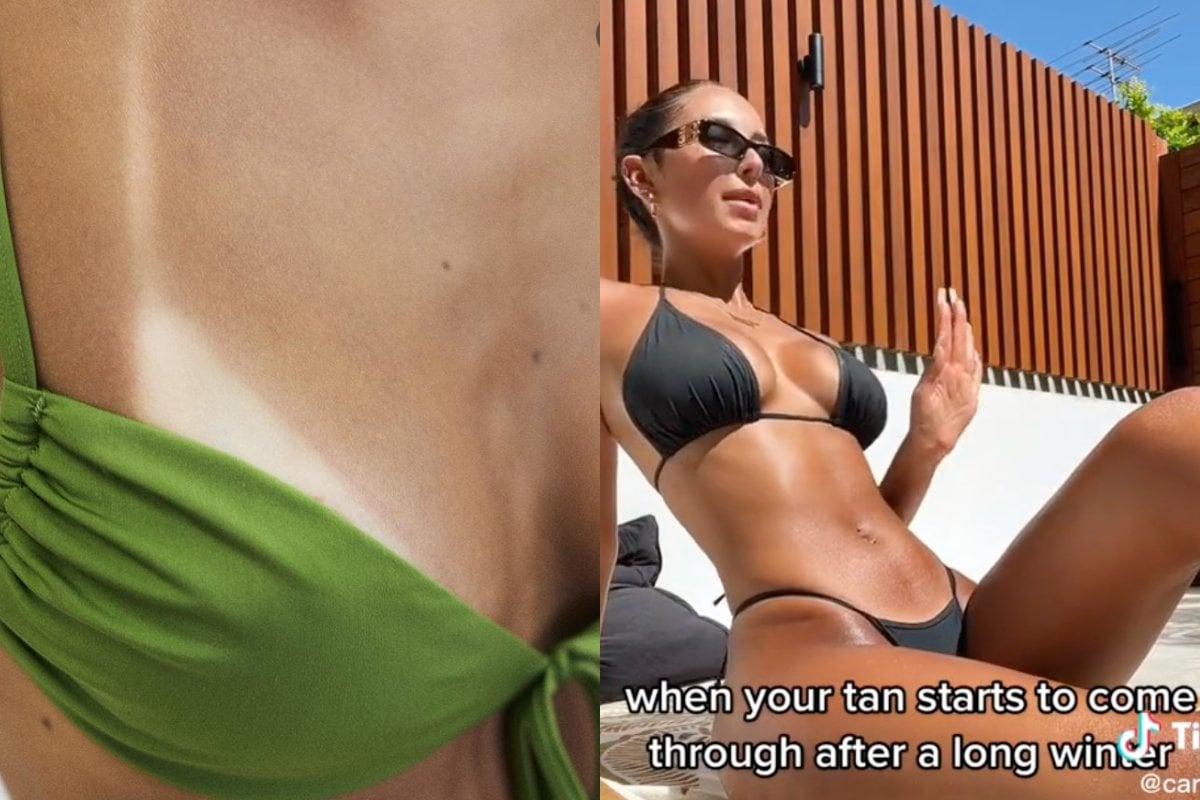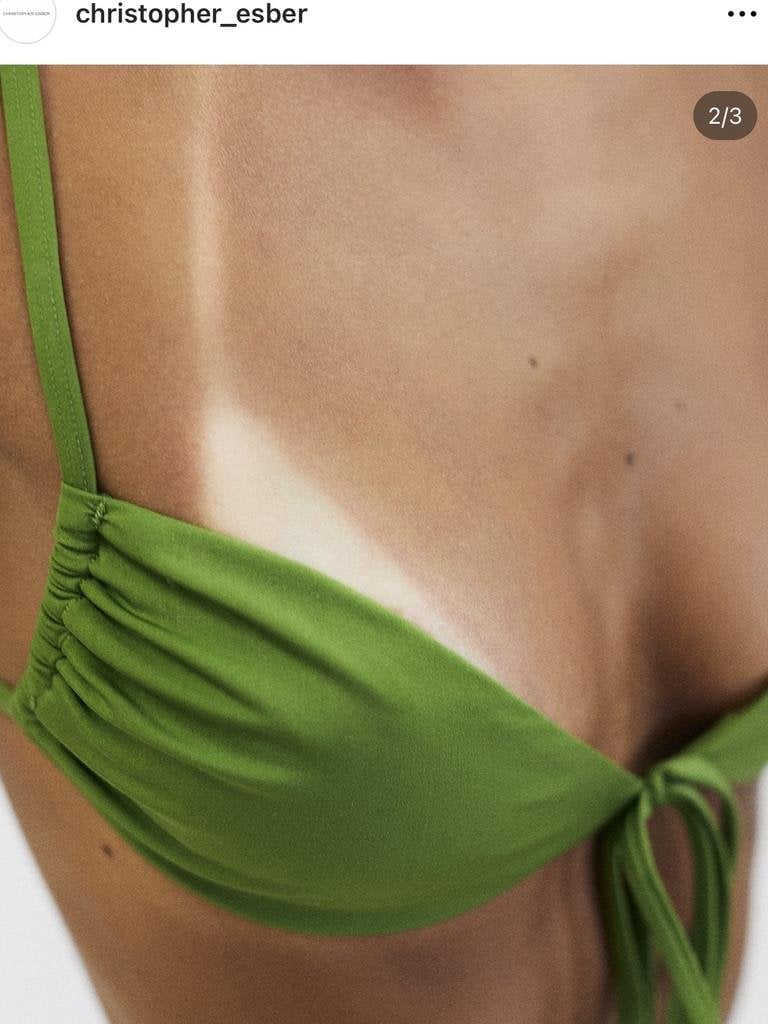
Last week, my attention was drawn to fashion designer Christopher Esber’s Instagram page for all the wrong reasons.
In January, the fashion brand posted images of its newest swim collection. There, posted in tidy carousels, I saw something that made me sick to my stomach. The images depicted a model clad in swimming costumes sporting tan lines so deep, so obvious, so on display that there was no missing them.
As I swiped through them, I started crying. Big tears. The kind you cry because you’re suddenly in shock and feeling all the things: powerless, hopeless, sad and so, so incredibly angry.
Earlier that day, the world found out that Natalie Fornasier had died of melanoma. You’ll know Natalie as a sun safety and disability advocate, gorgeous writer and all-around brilliant person. I know her as the woman who changed my whole life when I met her five years ago.
So it was with fresh grief coursing through my veins that I shared two of those images to my Instagram Stories.
I wrote over one of them:
“I will admit that this has got me on the wrong day but I am shaking right now. How is this happening AGAIN. Brands who do this, let me be clear – you are complicit in promoting sun tanning culture and the melanoma and skin cancer deaths it DIRECTLY causes. The costumes were already beautiful, the creative didn’t need to involve dangerous messaging.”
Watch: How to protect your skin from the sun. Post continues below.
